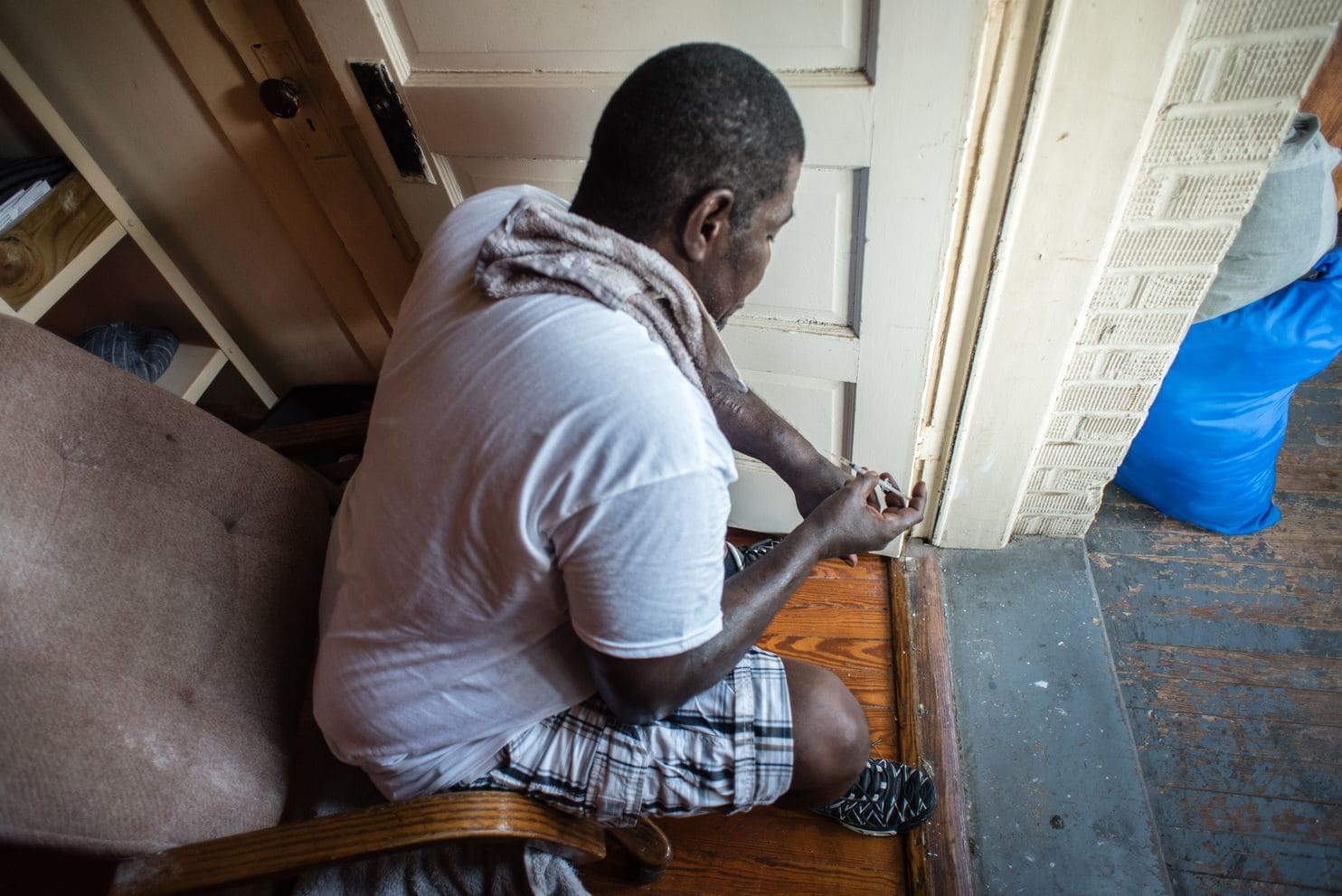
24 Dec D.C. aims to reduce opioid deaths by half by 2020, new report says
The District on Monday announced a plan aimed at cutting opioid-related deaths by half over the next 21 months, using a long list of treatment, tracking and education initiatives.
Start-up costs of $24 million will mostly be funded by a federal grant to be administered by the District’s Department of Behavioral Health.
A Washington Post investigation this month found fatal overdoses among African American heroin users have soared in the nation’s capital in recent years, and in other U.S. cities, even as discussions of the opioid epidemic often focus on whites in rural and suburban areas.
The Post reported that government agencies in the District — where black residents now die of overdoses at a higher rate than whites in West Virginia, Ohio or New Hampshire — had been slow to respond to the crisis and in many cases did not implement promised treatment and prevention programs even after they had been approved and funded.
The city’s 22-page report is titled “LIVE.LONG.DC, Washington, DC’s Strategic Plan to Reduce Opioid Use, Misuse, and Related Deaths.”
[Read the D.C. government’s anti-overdose plan]

Heroin and a syringe and a cooker are laid out with other personal effects in the home where two addicts live. (André Chung/for The Washington Post)
It outlines in broad strokes the creation or expansion of dozens of initiatives to reduce opioid use, treat victims and educate city residents about the dangers of addiction.
“We are devoted to tailoring our response in a manner that is specific to Washington, D.C., based on our history, demographics, and trends in usage so that we can stem this scourge,” D.C. Mayor Muriel E. Bowser (D) said in the report.
Council member Charles Allen (D-Ward 6) called the plan’s timeline ambitious but necessary, even as he acknowledged that cutting deaths in half by October, 2020, may seem unrealistic.
“I’d argue the urgency of this crisis — and the sheer number of lives lost — warrants setting an ambitious and necessary call to action,” he said in a text message.
The number of opioid-related deaths in the city has more than tripled in recent years, from 83 in 2014 to 279 in 2017. More than 70 percent of the deaths involved the synthetic opioid fentanyl or its analogues, which dealers in recent years increasingly have mixed with heroin to make the drug more powerful and maximize their profits — making every fix a life-or-death gamble.

A supply of naloxone, a fast-working antidote for opioid overdoses. (André Chung/for The Washington Post)
More than 8 in 10 D.C. overdose victims were African Americans who lived in Wards 7 and 8, the poorest parts of the city. Most were between 40 and 69 years old. The D.C. report found nearly a quarter of the victims had been using heroin for more than 40 years, and about 60 percent had used it for more than a quarter century.
[Falling out: An opioid epidemic nobody talks about]
The plan, written by a group of District agencies, doctors, substance-abuse treatment providers, council members and individuals in recovery, calls for the establishment within six months of a fatality review board to analyze all opioid-related deaths in the District.
A year from now, the city plans to implement a plan to educate public school students about the risk of illegal and prescription drugs.
Similar measures have existed for years in other U.S. cities and states hard-hit by the opioid epidemic.
Many of the recommendations in the D.C. plan are vague and endorse the expansion of strategies already in place in the city, such as recovery housing options, and drug take-back programs run by police and firefighters, and distribution of kits with the overdose-reversing drug naloxone.
District officials say that more than 700 overdose reversals have been reported using naloxone distributed by the city.
[Falling Out: D.C. officials ignored lifesaving strategies]
But The Post investigation found that the District lags far behind Baltimore, Philadelphia and other cities in making sure naloxone reached drug users. It also found that outreach and other programs that were proposed and funded in recent years — including placing addiction counselors in emergency rooms that see along of overdoses — never materialized, because city agencies failed to hire and train employees to staff them.
The District dragged its feet in implementing a program that allows D.C. residents to buy naloxone in pharmacies, The Post reported. The D.C. Council passed legislation allowing such purchases in 2016, but the city’s health director, LaQuandra Nesbitt, refused to implement it, saying the legislation gave too much authority to pharmacists and did not protect pharmacists who chose not to dispense naloxone from legal liability.
After the council approved changes Nesbitt requested, the drug became available this month.
Opioid deaths are on track to drop in D.C. this year, mirroring a decline being seen in other cities and several states. The reason is unclear. Some officials cite prevention efforts, but medical experts say chronic users may have learned to be more careful when using fentanyl-tainted heroin. Some experts also think that, in the District, many of the addicts most at risk of a fentanyl-related overdoses have already died.
[ad_2]
Source link




No Comments